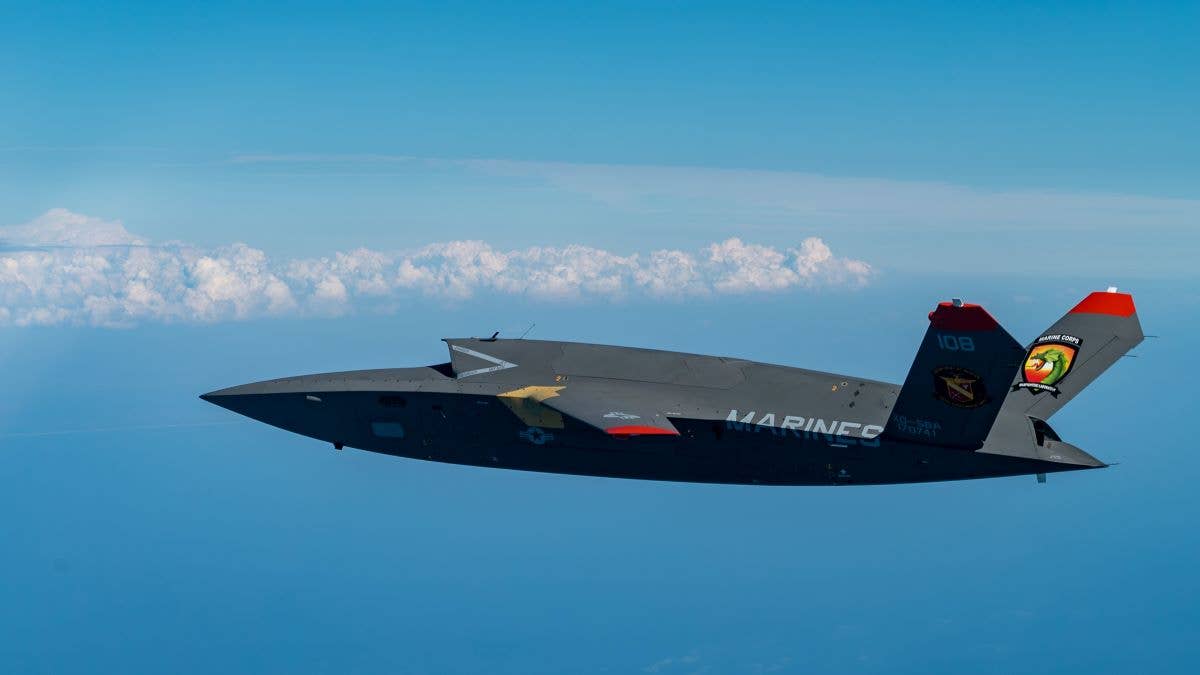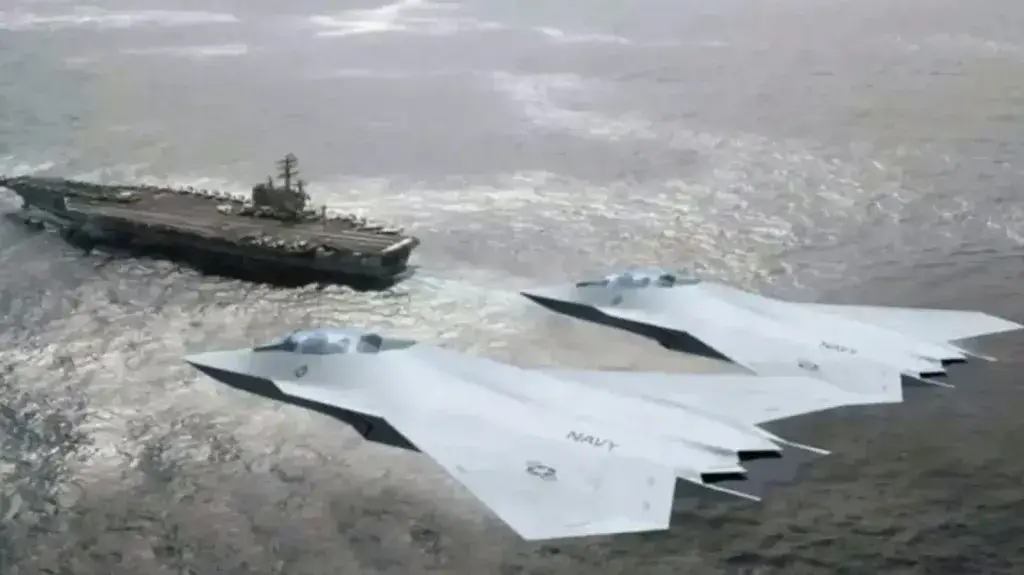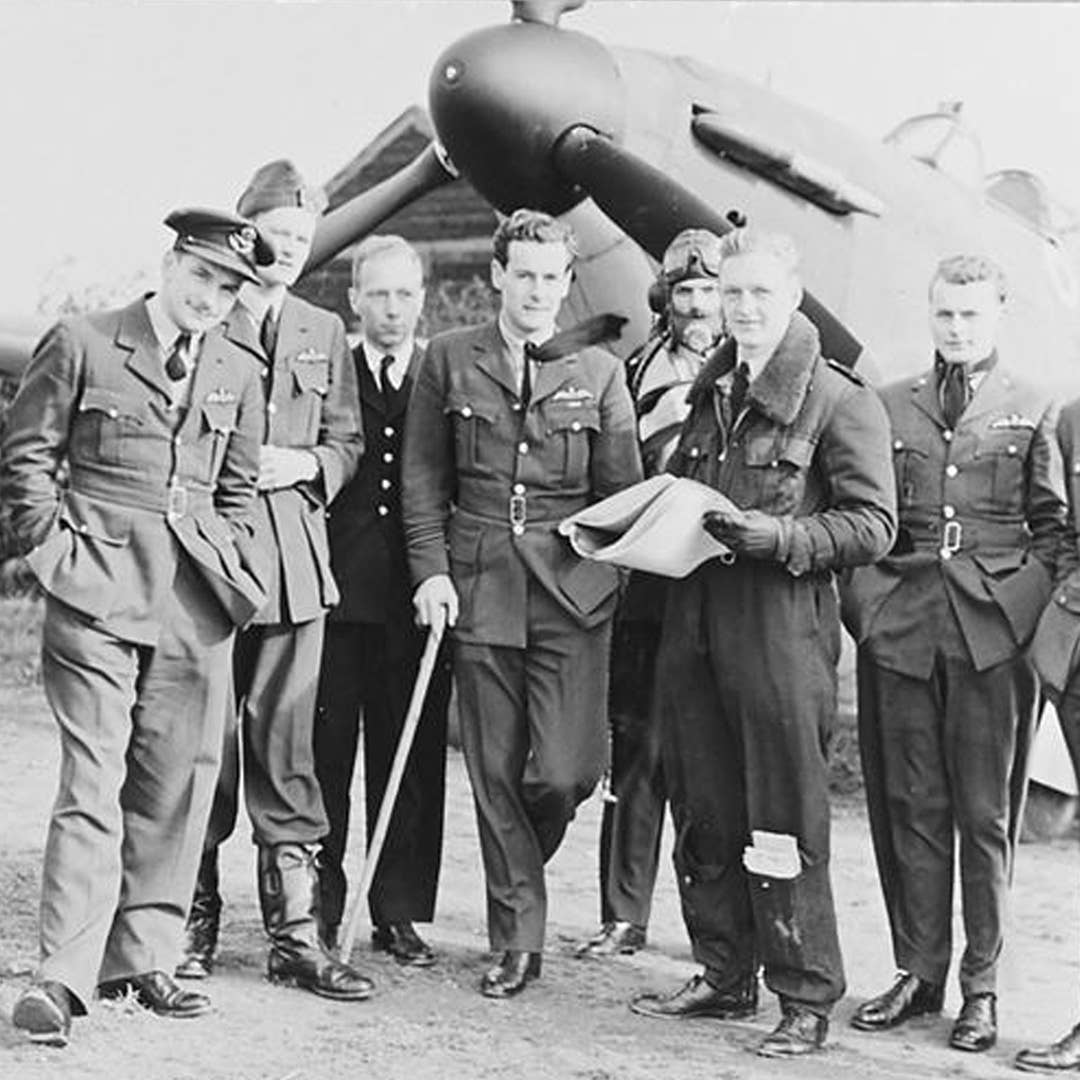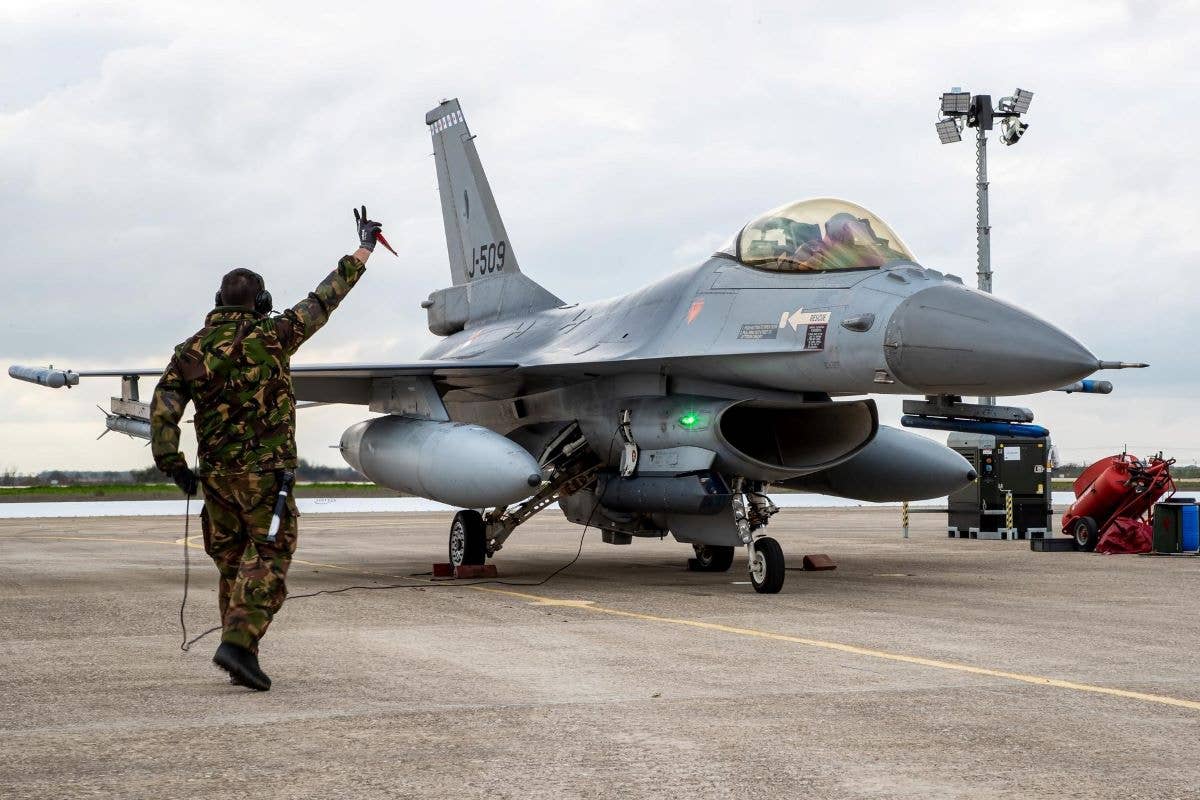Marine Corps XQ-58A UAV Completes Test Flight
The test flight of the autonomous, low-cost tactical UAV marks a milestone for the service’s aviation modernization strategy.

A U.S. Marine Corps XQ-58A Valkyrie, a highly autonomous, low-cost tactical unmanned air vehicle, soars during its second test flight at Eglin Air Force Base, Florida. [Courtesy: U.S. Air Force]
The U.S. Marine Corps has successfully completed the second test of its Kratos XQ-58A Valkyrie combat uncrewed air vehicle (UAV), marking a milestone for the service's aviation modernization strategy.
The test flight of the autonomous, low-cost tactical UAV took place February 23 at Eglin Air Force Base, Florida, where it was supported by 40th Flight Test Squadron (FLTS) engineers.
- READ MORE: How Were Drones Used During WWI and WWII?
"The XQ-58A provides the Marine Corps with a testbed platform for developing technologies and new concepts in support of the Marine Air Ground Task Force, such as autonomous flight and unmanned teaming with crewed aircraft," the Corps said in a statement.
In October, the Corps said the platform would undergo a total of six test flights to evaluate its ability to support a variety of intelligence, surveillance, and reconnaissance (ISR) missions; the effectiveness of autonomous electronic support to crewed platforms, like the Marines’ F-35B Lightning II; as well as the potential for artificial intelligence (AI)-enabled platforms to augment combat air patrols.
“AI testing requires combining new and traditional test and evaluation techniques,” Ryan Bowers, 40th FLTS engineer, said Wednesday. “The team has a lot of lessons learned that will be used to inform future programs.”
The stealth Valkyrie drone was originally designed under the Air Force Research Laboratory’s Low-Cost Attritable Aircraft Technology (LCAAT) project portfolio, which was established to develop unmanned wingman aircraft to escort a crewed fighter in combat. It's capable of flying long-range flights at high-subsonic speeds, and operating as a wingman, a single UAV or in swarms, according to Kratos.

Sign-up for newsletters & special offers!
Get the latest FLYING stories & special offers delivered directly to your inbox






